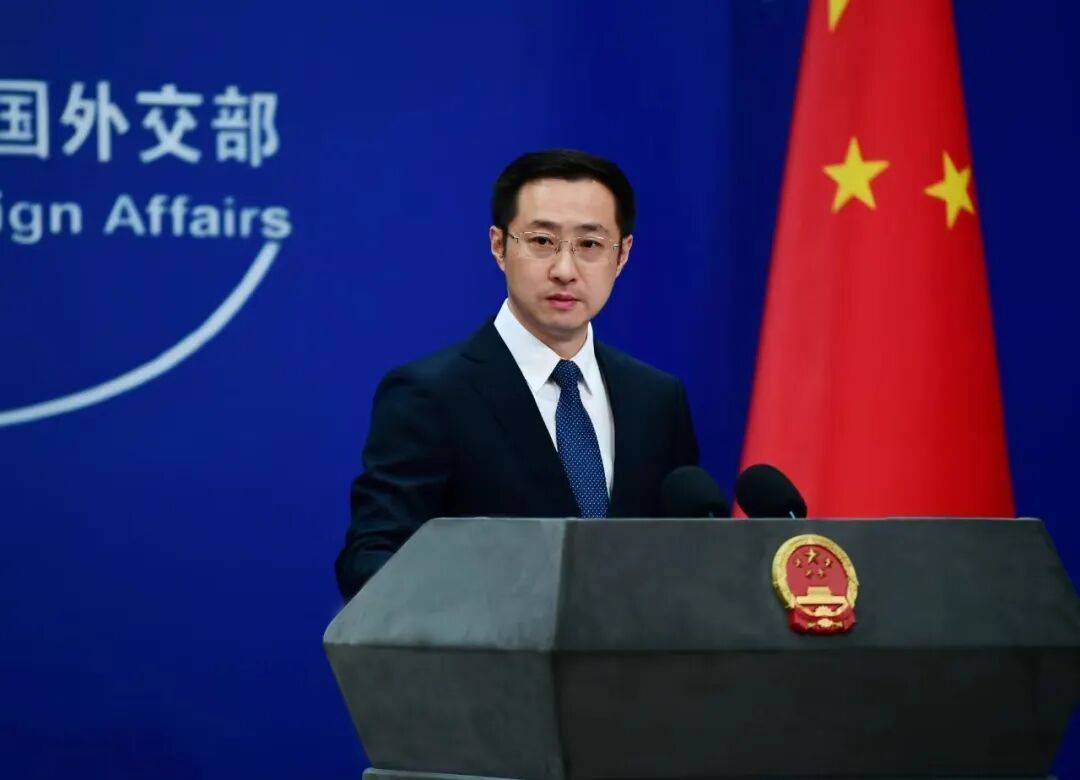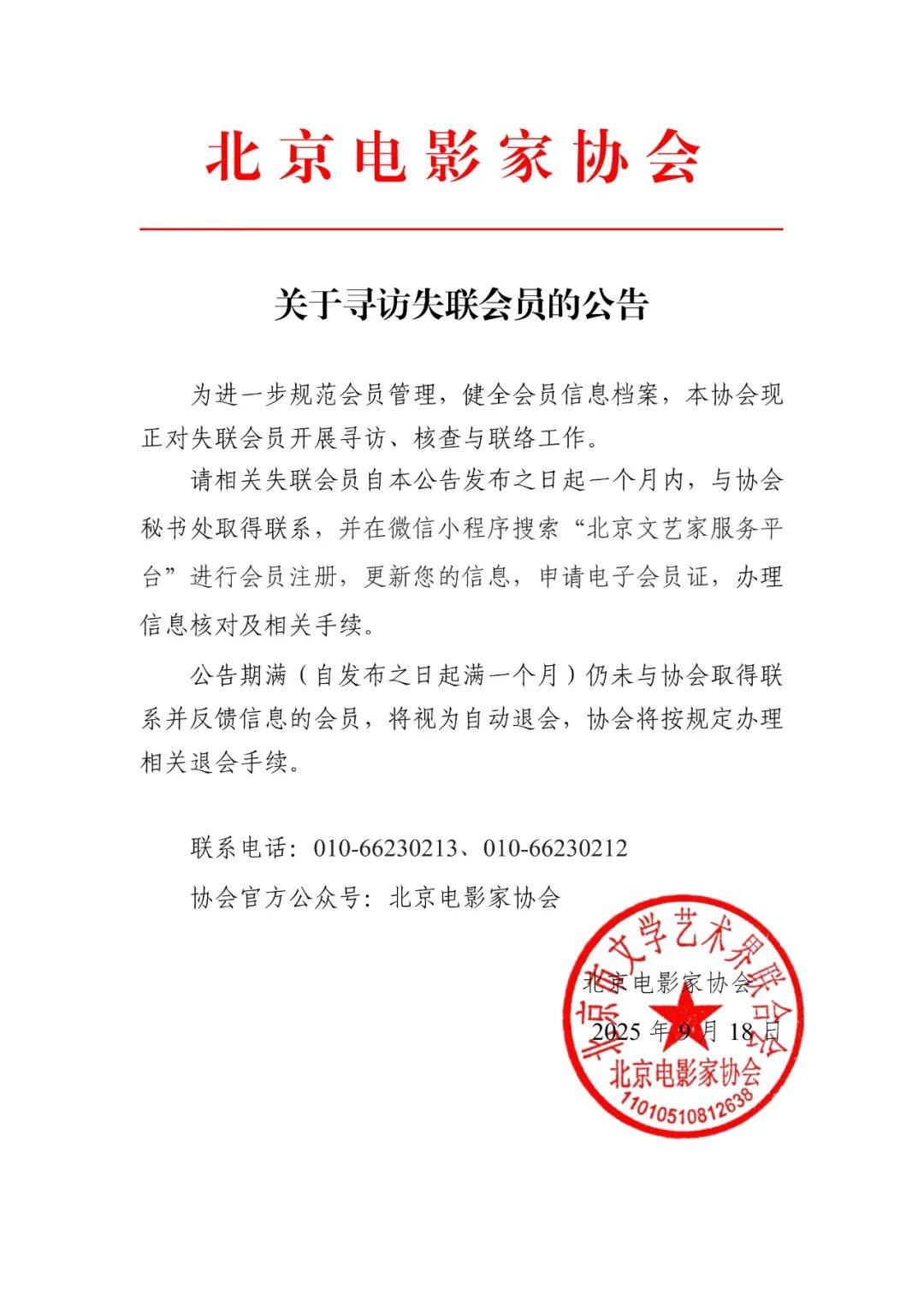中国食品饮料行业数字化调研报告(2022)
数字化转型网发起了一份对于食品饮料行业数字化的相关调研美尔雅。
第一美尔雅,预算投入方面,国内食品饮料行业大部分企业对于数字化(含人力成本)占企业营收集中在1‰-5‰及0.5%-1%两个范围之间;
第二美尔雅,人员投入方面,国内食品饮料行业大部分企业都有了独立的信息部/数字化部门;
第三美尔雅,自研与外购方面,国内食品饮料行业大部分企业,外购商业套件的占比要高于内部自主研发;
第四,马太效应明显,规模越大的食品饮料企业对于数字化的投入更多,不仅投入比较多的预算,也投入较多的人员美尔雅。
第五,OA和ERP是刚需,由于食品饮料行业的ToC特殊性,营销系统和报表展示系统也非常重要,制造端的系统还处于比较落伍的状态美尔雅。
该行业对于数字化投入(含人力成本)占企业营收的比例集中在1‰-5‰及0.5%-1%两个范围之间美尔雅。其中小于1‰的占总体的20.71%、1‰-5‰的占比24.29%、0.5%-1%的占比为24.29%、1%以上的占比为17.14%。
在企业内部,信息化/数字化部门多为独立部门,占比83.57%美尔雅。IT、数字化相关部门的投入人数多集中在10-50人区间,占比35.71%。其余人数分布占比分别为,小于5人的占比20.71%、5-10人的占比为17.86%、50-100人的占比12.14%、100人以上的占比为12.8
超70%的企业其IT系统使用外购商业套件的比例要高于企业内部自助研发,共占比74.29%,其中自主研发比例等于使用外购商业套件的仅占2.14%,使用自主研发系统比例高于外购商业软件的也仅占比23.57%美尔雅。
从企业年营收规模来看,年营收额越低的企业,对于数字化的投入越少,且自主研发能力较低,多为使用外购商业套件系统为主美尔雅。
年营收额10亿以下的企业对于数字化投入(含人力成本)占企业营收在1‰-5‰的比较多,占比31.11%;信息化/数字化部门在企业内部为独立部门的比例未超过80%,仅为71.11%;IT、数字化相关部门投入人数小于5人的占比46.67%;针对企业使用的IT系统自主研发与外购商业套件的比例上来看,使用自主研发比例低于使用外购商业套件的和使用自主研发比例高于使用外购商业套件的比例大致为2:7美尔雅。
展开全文
年营收额在10-50亿区间内的企业同样对于数字化投入(含人力成本)占企业营收在1‰-5‰的比较多,占比25.86%;但其信息化/数字化部门在企业内部为独立部门的比例超过80%,高达91.38%;IT、数字化相关部门投入人数集中在10-50人区间,占比50%美尔雅。使用自主研发比例低于使用外购商业套件的和使用自主研发比例高于使用外购商业套件的比例大致为1:8。
年营收额在50-100亿区间内的企业对于数字化的投入相较于年营收50亿以下的企业来说,有所提升,集中在0.5%-1%区间,占比46.67%;信息化/数字化部门在企业内部为独立部门的比例超过80%,达86.67%;但IT、数字化相关部门投入人数与年营收额10-50亿区间的企业一样集中在10-50人区间,占比60%美尔雅。使用自主研发比例低于使用外购商业套件的和使用自主研发比例高于使用外购商业套件的比例大致为3:6。
而年营收额在100亿以上的企业,对于数字化投入(含人力成本)占企业营收集中在0.5%以上,共占比54.54%;信息化/数字化部门在企业内部为独立部门的比例超过80%,达86.36%;相较于低于年营业额100亿的企业来讲,对于IT、数字化相关部分投入的人数更多,低于10人占比为0,多数集中在投入100人以上,共占比54.55%美尔雅。使用自主研发比例低于使用外购商业套件的和使用自主研发比例高于使用外购商业套件的比例大致为1:1。华东CIO大会、华东CIO联盟、CDLC中国数字化灯塔大会、CXO数字化研学之旅、数字化江湖-讲武堂,数字化江湖-大侠传、数字化江湖-论剑、CXO系列管理论坛(陆家嘴CXO管理论坛、宁波东钱湖CXO管理论坛等)、数字化转型网,走进灯塔工厂系列、ECIO大会等
从常用IT系统的调研中可以看出,企业已上系统中OA系统占比最高为82.86%,往下依次为ERP系统72.14%、CRM系统62.14%、BI系统53.57%、MES系统42.86%、QMS系统15.71%、PDM系统7.14%美尔雅。
对于企业已上系统来说,年营业额10亿以下的、10-50亿的、50-100亿的、100亿以上的企业OA系统上线比例均达到70%以上,其中年营业额在100亿以上的企业OA系统上线率最高,占比90.91%;对于ERP、CRM、MES三大系统的上线比例来说,年营业额在50-100亿间的企业上线率占比较高,分别为86.67%、73.33%、73.33%;对于BI、QMS两类系统的上线率比例来说,年营业额在100亿以上的占比较高,分别为81.82%、45.45%;而PDM系统的上线比例除年营业额在10-50亿区间的企业占比能达到10.34%外,其余的上线率均低于10%美尔雅。
【如需获取pdf版本报告,请添加工作人员微信:SUCCXO美尔雅。添加时请发送“食品饮料行业报告”,便于工作人员处理。】
翻译:
The Digital Transformation Network launched a study on the digitization of the food and beverage industry.
First, in terms of budget input, digitalization (including labor cost) of most enterprises in the domestic food and beverage industry accounts for between 1‰ and 5‰ and 0.5% to 1% of business revenue collection.
Second, in terms of personnel input, most enterprises in the domestic food and beverage industry have independent information department/digital department;
Third, in terms of self-research and outsourcing, most enterprises in the domestic food and beverage industry have a higher proportion of outsourcing commercial kits than internal independent research and development.
Fourth, the Matthew effect is obvious. Food and beverage enterprises with larger scale invest more in digitalization, not only investing more budget, but also investing more personnel.
Fifth, OA and ERP are rigid requirements. Due to the particularity of ToC in the food and beverage industry, marketing system and report presentation system are also very important, while the manufacturing system is still in a relatively outdated state.
The proportion of digital investment (including labor cost) in enterprise revenue is concentrated in the range of 1‰ to 5‰ and 0.5% to 1%. Among them, 20.71% are less than 1‰, 24.29% are 1‰ to 5‰, 24.29% are 0.5% to 1%, and 17.14% are more than 1%.
Within the enterprise, the information and digital departments are mostly independent departments, accounting for 83.57%. The number of people invested in IT and digital-related departments mainly concentrated in the range of 10-50 people, accounting for 35.71%. The rest of the population accounted for 20.71% for less than 5 people, 17.86% for 5 to 10 people, 12.14% for 50 to 100 people and 12.8 for more than 100 people
More than 70% of enterprises use outsourcing commercial suite for their IT systems, accounting for 74.29%, among which the proportion of independent research and development is equal to the use of outsourcing commercial suite only accounts for 2.14%, and the proportion of independent research and development system is higher than outsourcing commercial software only accounts for 23.57%.
From the perspective of annual revenue scale, enterprises with lower annual revenue spend less on digitalization and have lower independent research and development ability, mainly using outsourcing commercial suite system.
For enterprises with annual revenue less than 1 billion, the digitalization investment (including human cost) accounts for more than 1‰ to 5‰, accounting for 31.11%; The proportion of information/digital department as independent department within the enterprise is not more than 80%, only 71.11%; 46.67% of IT and digital-related departments invested less than 5 people; In terms of the proportion of independent R&D and outsourcing commercial suite for IT systems used by enterprises, the proportion of independent R&D is lower than that of outsourcing commercial suite and the proportion of independent R&D is higher than that of outsourcing commercial suite is roughly 2:7.
Enterprises with annual revenue of 1 billion to 5 billion also have more digital investment (including human cost) accounting for 1‰ to 5‰ of corporate revenue, accounting for 25.86%. However, the proportion of its informatization/digitalization department in the enterprise is more than 80%, which is as high as 91.38%. The number of people invested in IT and digital-related departments is concentrated in the range of 10-50, accounting for 50%. The proportion of those who use independent research and development is lower than that of outsourcing commercial suite and the proportion of those who use independent research and development is higher than that of outsourcing commercial suite is roughly 1:8.
Compared with enterprises with annual revenue of 5 billion to 10 billion yuan, the investment in digitalization of enterprises with annual revenue of less than 5 billion yuan is higher, concentrated in the range of 0.5% to 1%, accounting for 46.67%. More than 80% of the information/digital departments are independent departments in enterprises, accounting for 86.67%; However, the number of people invested in IT and digital-related departments is concentrated in the range of 10 to 50 people, accounting for 60% of the total, just like companies with annual revenue of 1 to 5 billion yuan. The proportion of those who use independent research and development is lower than that of outsourcing commercial suite and the proportion of those who use independent research and development is higher than that of outsourcing commercial suite is roughly 3:6.
For enterprises with annual revenue of more than 10 billion yuan, digitalization investment (including labor cost) accounts for more than 0.5%, accounting for 54.54%. More than 80%, 86.36%, of the information and digital departments are independent departments within enterprises. Compared with enterprises whose annual turnover is less than 10 billion, more people invest in IT and digital-related parts, less than 10 people account for 0, and most people invest more than 100 people, accounting for 54.55%. The proportion of using independent research and development is less than that of using outsourced commercial suite and the proportion of using independent research and development is roughly 1:1.
IT can be seen from the survey of common IT systems that OA system accounts for 82.86%, followed by ERP system 72.14%, CRM system 62.14%, BI system 53.57%, MES system 42.86%, QMS system 15.71% and PDM system 7.14%.
For enterprises with an annual turnover of less than 1 billion yuan, 1 to 5 billion yuan, 5 to 10 billion yuan, and more than 10 billion yuan, the proportion of OA system online reached more than 70%. Among them, enterprises with an annual turnover of more than 10 billion yuan had the highest rate of OA system online, accounting for 90.91%. For the on-line proportion of ERP, CRM and MES systems, the on-line rate of enterprises with annual turnover between 5 billion and 10 billion is relatively high, which are 86.67%, 73.33% and 73.33% respectively. For the on-line ratio of BI and QMS systems, those with an annual turnover of more than 10 billion accounted for a relatively high proportion, 81.82% and 45.45%, respectively. However, the online rate of PDM system is lower than 10% except for enterprises with annual turnover of 1 billion to 5 billion accounting for 10.34%.
[To obtain the pdf version of the report, please add staff member’s wechat: SUCCXO. When adding, please send “Food and Beverage Industry Report” for staff’s convenience.]
CXO联盟(CXO union)是一家聚焦于CIO,CDO,cto,ciso,cfo,coo,chro,cpo,ceo等人群的平台组织,其中在CIO会议领域的领头羊,目前举办了大量的CIO大会、CIO论坛、CIO活动、CIO会议、CIO峰会、CIO会展美尔雅。如华东CIO会议、华南cio会议、华北cio会议、中国cio会议、西部CIO会议。在这里,你可以参加大量的IT大会、IT行业会议、IT行业论坛、IT行业会展、数字化论坛、数字化转型论坛,在这里你可以认识很多的首席信息官、首席数字官、首席财务官、首席技术官、首席人力资源官、首席运营官、首席执行官、IT总监、财务总监、信息总监、运营总监、采购总监、供应链总监。
数字化转型网(资讯媒体,是企业数字化转型的必读参考,在这里你可以学习大量的知识,如财务数字化转型、供应链数字化转型、运营数字化转型、生产数字化转型、人力资源数字化转型、市场营销数字化转型美尔雅。通过关注我们的公众号,你就知道如何实现企业数字化转型?数字化转型如何做?
【联盟会员】600093易见CTO、600094大名城CTO、600095湘财股份CTO、600096云天化CTO、600097开创国际CTO、600098广州发展CTO、600099林海股份CTO、600100同方股份CTO、600101明星电力CTO、600103青山纸业CTO、600104上汽集团CTO、600105永鼎股份CTO、600106重庆路桥CTO、600107美尔雅CTO、600108亚盛集团CTO、600109国金证券CTO、600110诺德股份CTO、600111北方稀土CTO、600112天成CTO、600113浙江东日CTO、600114东睦股份CTO、600115中国东航CTO、600116三峡水利CTO、600117西宁特钢CTO、600118中国卫星CTO、600119长江投资CTO、600120浙江东方CTO、600121郑州煤电CTO、600122宏图CTO、600123兰花科创CTO、600125铁龙物流CTO、600126杭钢股份CTO、600127金健米业CTO、600128弘业股份CTO、600129太极集团CTO、600130波导股份CTO、600131国网信通CTO、600132重庆啤酒CTO、600133东湖高新CTO、600135乐凯胶片CTO、600136当代文体CTO、600137浪莎股份CTO、600138中青旅CTO、600139西源CTO、600141兴发集团CTO、600143金发科技CTO、600145新亿CTO、600146环球CTO、600148长春一东CTO、600149廊坊发展CTO、600150中国船舶CTO、600151航天机电CTO、600152维科技术CTO、600153建发股份CTO、600155华创阳安CTO、600156华升股份CTO、600157永泰能源CTO、600158中体产业CTO、600159大龙地产CTO、600160巨化股份CTO









评论